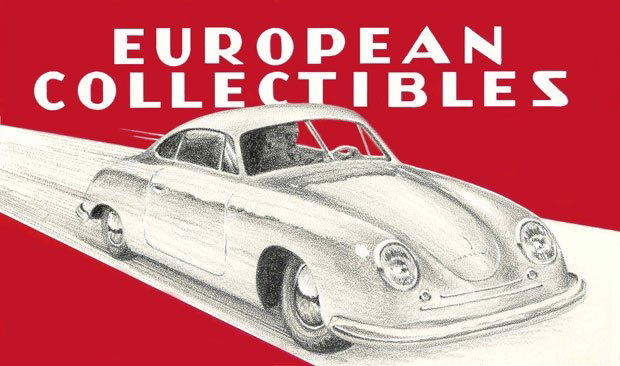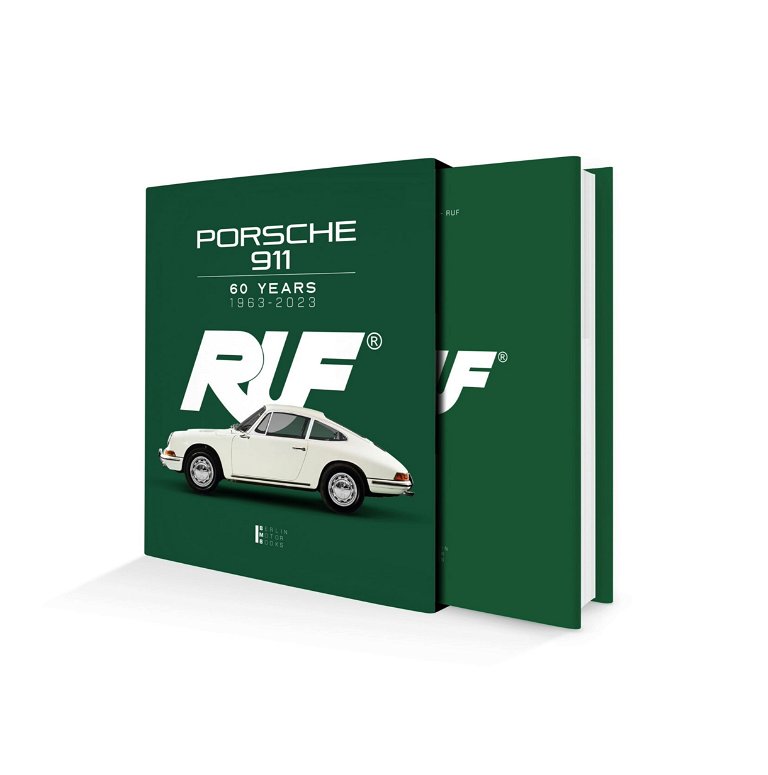History of the 2.4-litre / E and F series (1972–1973)
In 1972 a tremendous effort was made to improve the handling of the 911. Due to the 911’s unusual engine placement (rear-mounted, with most of the vehicle’s weight concentrated over the rear axle) early 911’s were prone to oversteer when driven at the limit and could easily spin in the hands of an inexperienced driver. In an attempt to remedy this, Porsche relocated the oil tank from its position behind the right rear wheel to in front of it. This had the effect of moving the weight of almost 8.5 l (9 US quarts) of oil from outside the wheelbase to inside, improving weight distribution and thus, handling. To facilitate filling of the oil tank, Porsche installed an oil filler door (much like the fuel filler door on the left front fender) on the right rear quarter panel. Unfortunately, this unique design was scrapped after only one year, some say because inattentive gas station attendants were putting gas in the oil tank. The oil tank was subsequently moved back to its original position for the model year 1973 and remained there until it was moved back within the wheelbase for the 964 models.
The 1972–1973 model years consisted of the same models of 911— the entry level T, the midrange E and the top of the line S. However, all models got a new, larger 2,341 cc (2.341 L; 142.9 cu in) engine. This is universally known as the “2.4L” engine, despite its displacement being closer to 2.3 litres— perhaps to emphasize the increase over the 2.2 L. The new power ratings for the T were 130 hp (97 kW), or 140 hp (104 kW) in the CIS U.S., 165 hp (123 kW) for the E and 190 hp (142 kW) for the S.
With the power and torque increases, the 2.4 L cars also got a newer, stronger transmission, identified by its Porsche type number 915. Derived from the transmission in the Porsche 908 race car, the 915 did away with the 901/911 transmission’s “dog-leg” style first gear arrangement, opting for a traditional H pattern with first gear up to the left, second gear underneath first, etc. Some say this was because the dog-leg shift to second gear was inconvenient for city driving, other say it was due to Porsche’s desire to put 5th gear outside the main transmission housing where it could easily be changed for different races. The Sportomatic transmission was still available but only as a special order.


































